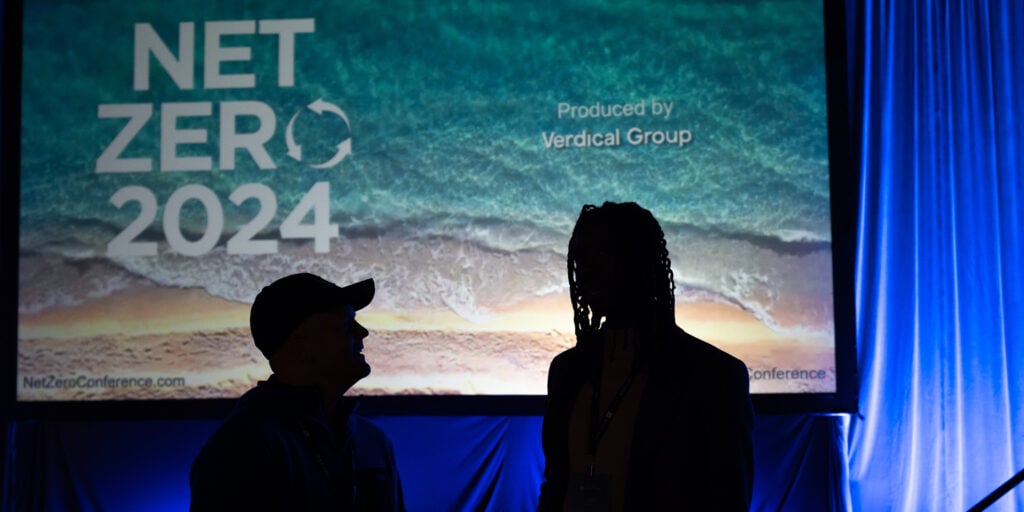
February 22, 2022
Two Platforms Help Designers Specify Low-Carbon Interiors
Changing Seats
“Seventeen billion pounds of office furniture gets dumped in our landfills every year in the United States,” entrepreneur Brandi Susewitz points out. And as a former furniture dealer in the Bay Area, she knows exactly why—companies undertake an office refresh or expansion every few years, but put off making a plan for their old furniture until it’s too late to do anything but pay someone to dump their chairs. In response, Susewitz and her husband, Eric, launched an online marketplace for used furniture in 2020. On Reseat’s website, facility managers can register every single piece of furniture in their workplace so when the time comes, they can find a buyer, set a fair price, and even have Reseat handle the logistics end to end for them. It’s a win-win for sellers, buyers, and the planet, Susewitz says: “Reseat also shows you how much carbon you’re saving by using existing furniture instead of new.”


Eco Translator
One of the challenging aspects of sustainable design is that every product category has its own ecolabels and certifications. Decision makers often find themselves in a quandary—should they pick a Red List–free option or a fully recyclable product? Is post- or pre-consumer recycled content better? Enter Design for Health, a new tool from sustainability start-up MindClick. “It’s a digital studio for healthy interiors,” says JoAnna Abrams, MindClick’s CEO and founder. Building on years of expertise working with product manufacturers and the hospitality giant Marriott, MindClick assesses thousands of products, translating ecolabels, factory visits, and process audits into robust ratings on health and sustainability. These ratings feed into Design for Health, enabling any decision maker—designer, purchasing agent, or client—to understand, at every stage of the project, how a combination of products aligns with environmental, social, and governance (ESG) standards or other project goals. “We help you make sense of all the ecolabels,” Abrams says, “and we make reporting easy.”


Would you like to comment on this article? Send your thoughts to: [email protected]
Related
Profiles
Breland–Harper Mines the Past to Design a Better Future
In less than a decade, Ireland-Harper, the Los Angeles–based studio has completed over 100 adaptive reuse projects.
Products
How the Furniture Industry is Stepping Up on Circularity
Responding to new studies on the environmental impact of furniture, manufacturers, dealers, and start-ups are accelerating their carbon and circularity initiatives.
Viewpoints
The 2024 Net Zero Conference Highlights the Importance of Collective Action
Last month, leading climate experts convened at the Anaheim Convention Center to reenvision the built environment for a net zero future.





